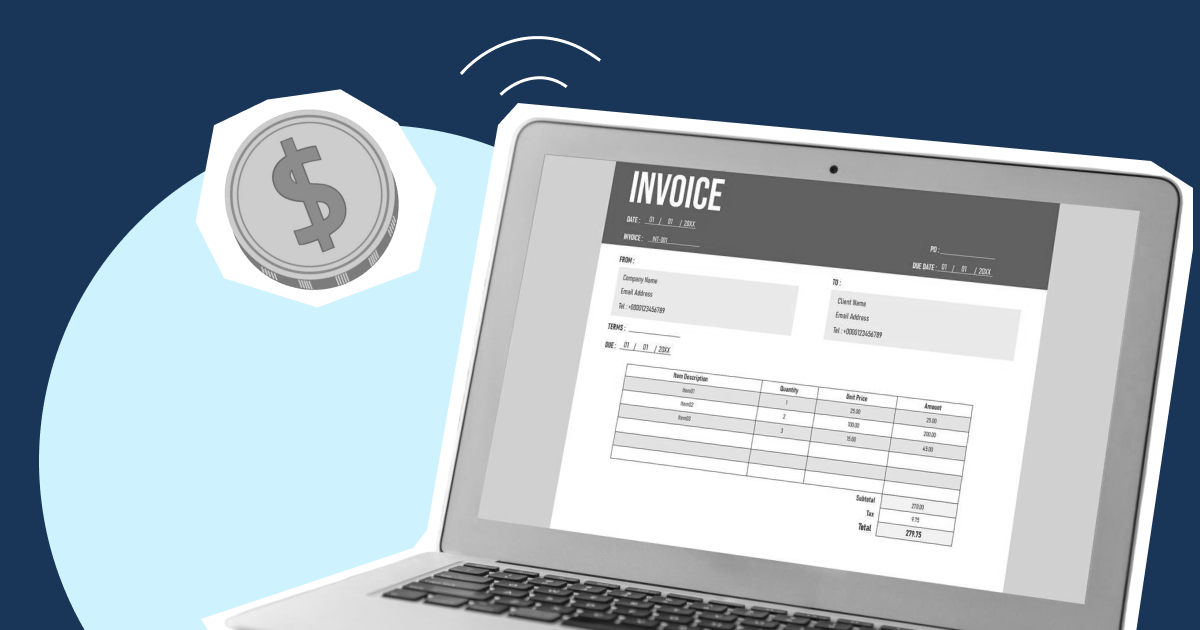Summary
The eCommerce business industry is expanding faster than ever. Although online shopping seemed like a novelty in the past, it has now become a necessity for companies to stay afloat.
There may be many reasons for you to want to start your own eCommerce Business in Singapore. Perhaps you’re looking to make extra cash as a side hustle or you’ve decided to say goodbye to the corporate world and hello to being your own boss.
Whatever that reason may be, it can be immensely rewarding to start your business from scratch and watch it grow.
Have a business idea but not sure where to start? Let us help you.
The Step-By-Step Guide to Grow Your eCommerce Business From Scratch
Building an eCommerce business is more than just choosing a product and selling it online. There are many other factors that can determine its success and the key is always to drive enough traffic to your site. Here are 10 steps to get your eCommerce business up and running.
1. Choose the right product
To start building your eCommerce business, you have to know what products you want to sell. This is usually the most challenging part. Take time to look for product ideas and look at current trending products to help you make a decision. Google trends is the most popular tool to figure out if a particular product or niche is worth selling.
2. Evaluate market demand for said product
Once you have a product idea in mind, you have to make sure that it will actually sell. There are millions of products that can be sold online but the success of your online business boils down to two things: choosing the right products and target market.
Accurately evaluating the market demand will ensure that you’re not investing too much capital in products that no one will buy.
3. Figure out how to acquire the product
After landing on a strong product idea, your next step is to figure out where and how you’re going to obtain your products.
Are you creating your own product? Or are you in contact with a reliable supplier?
If you don’t want to invest heavily at the start or hold warehouses full of products, you can consider drop shipping as an easy and effective way to start your eCommerce business.
4. Check out your competitors
After you’ve decided on your product, evaluated the market demand, and sourced a supplier, you need to scope out the competition. By thoroughly researching your competitors, you’ll be able to know what you’re up against and take steps to differentiate your business.
5. Write a business plan
Now that you’ve done your competitive research, it's the perfect time to write your business plan. This is what helps bring your ideas together and helps you identify potential roadblocks ahead.
Think of it as a strategy board which includes the research you’ve done regarding your business idea, the market you’re planning to enter as well as the financing and operations model.
6. Build your brand
The next challenging step in setting up your own eCommerce business is building your brand. This includes choosing a brand name as well as designing a logo that fits your brand image.
Apart from just a name or a logo, your brand represents the set of values related to your entire business endeavour. Customers nowadays want to buy from brands that best represent them so keep your target market in mind during this process.
7. Choose your sales channels
It’s easier to reach new customers on sales channels where they already shop. In addition to having your own eCommerce store, research about the different types of online marketplaces and platforms to reach potential customers who otherwise might not find you.
Leveraging on popular marketplaces such as Shopee, Amazon or Lazada can help you reach a high number of new customers but take note of channels that charge high fees for product listings or take a portion of your profits as sales commissions.
8. Market your product
As a seller, aim for a diverse marketing strategy that builds long-term relationships with returning customers while finding ways to engage and attract new customers.
Apart from posting regularly on social media, utilise pay-per-click (PPC) advertising which enables you to measure the cost-effectiveness of your ad by comparing the ad costs to the amount of traffic and sales generated by the ad.
To make most of your marketing budget, use the Aspire Corporate Card which offers businesses 1% cashback on digital marketing and Software-as-a-Service (SaaS) spend. There’s no annual fee or hidden charges so you can be sure to use those extra savings towards other business costs.
9. Take advantage of Search Engine Optimisation (SEO)
Search Engine Optimisation may sound intimidating but it is crucial to understand the basics so that you can make your online store more visible in the Search Engine Results Pages (SERPs).
When people search for your product on search engines such as Google, you’ll want to rank as highly as possible so that you get more traffic to your store.
10. Learn how to manage your cash flow
No matter how profitable your eCommerce business is, it won’t survive if you don’t manage your cash flow. According to one study, 82% of business failures can be attributed to poor cash flow management skills.
The Aspire Business Account can help you with that. With a credit limit for daily expenses, virtual B2B payment, and easy user experience, the Aspire Business Account is the perfect tool to help SMEs manage their cash flow. Best part? It’s free and the account can be opened online in just a few minutes.
Now that you’ve gone through the entire guide, it’s time to take concrete steps to build that successful eCommerce business that you’ve always dreamed of!











%201.webp)


.webp)